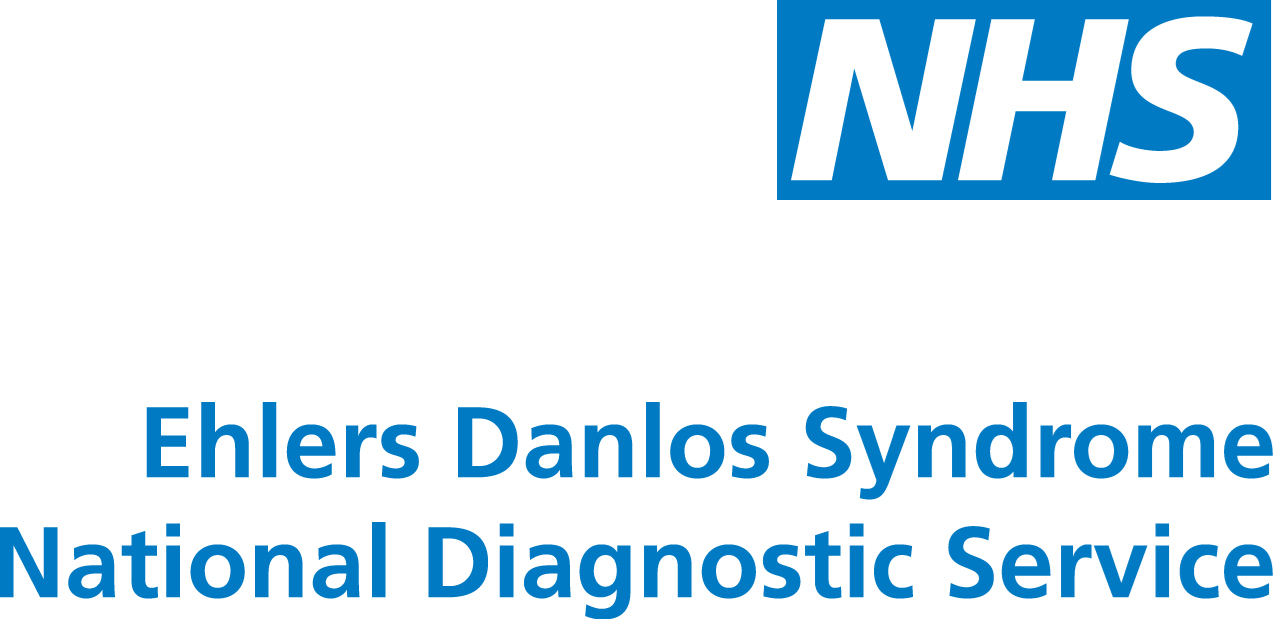Pregnancy Considerations
Is there particular advice for women with vascular EDS who are pregnant?
Any pregnancy puts the cardiovascular system (heart and blood vessels) under exceptional pressure. There are additional risks women with vascular EDS in pregnancy, due to blood vessel fragility. It is essential that the obstetrician and midwives are aware of the diagnosis of vascular EDS as soon as the pregnancy is confirmed.
We recommend starting maternity leave and resting from 30 weeks of pregnancy, or possibly earlier if recommended by the obstetrician. As pregnancy progresses pregnant women with vascular EDS have a higher chance of blood vessel or uterine rupture. The timing of delivery of the baby will be decided by the obstetrician.
A planned Caesarean delivery, in a hospital with access to specialist vascular surgery may be suggested. The baby may be born prematurely because the cervix and membranes surrounding the baby can be weak or fragile. There is also evidence that women with vascular EDS have a higher risk of tears (lacerations) during delivery.
We know that women with vascular EDS have an increased chance of dying during pregnancy, or in the weeks following birth. It is difficult to estimate the chance of this happening, but studies suggest it may be as high as 10% of pregnancies. Many women still choose to become pregnant, while others may choose surrogacy or adoption.
Consideration should also be given that there is a 50% (1 in 2) chance of a child inheriting the altered copy of the gene and having vascular EDS. Equally, there is a 50% (1 in 2) chance of a child getting the unaltered copy of the gene and not inheriting the condition.
Antenatal considerations in vascular EDS by Dr Katherine von Klemperer, Consultant cardiologist at Barts Heart Centre.
Pregnancy
- WHAT IS RECOMMENDED
- Discuss any desire for pregnancy with the medical and obstetrics referral team prior to conception.
- The occurrence of arterial or digestive system incidents may contraindicate a pregnancy.
- Discuss and suggest the possibility of performing prenatal diagnosis.
- Perform a complete arterial lesion assessment before or in early pregnancy.
- Arrange for increased monitoring of the uterine cervix, especially from the 28th week onwards.
- Continue treatment with Celiprolol or other beta-blockers throughout pregnancy or introduce it if the pregnancy started without treatment.
- Discuss preterm caesarean at 35-37 weeks' gestation.
Delivery
There are no formal recommendations regarding the best method of delivery for patients with vascular Ehlers-Danlos syndrome. A caesarean section between 35 and 37 weeks of gestation is a commonly adopted approach in patients with dominant negative variants, especially for primiparous patients with a known diagnosis.
- WHAT IS RECOMMENDED
- Schedule the delivery due to the elevated risk of maternal complications.
- Always recommend carrying out a caesarean section between 35 and 37 weeks of gestation.
- Plan for the birth to take place in a level 3 maternity unit.
- WHAT YOU SHOULD NOT DO
- Delivery at home or in a level 1-2 maternity unit.
- Vaginal delivery without prior multidisciplinary consultation.
- Plan delivery without advising the vascular surgery team.
Breastfeeding
Vascular Ehlers-Danlos syndrome in itself is not a contraindication to breastfeeding. Nonetheless, the beta-blocker treatment prescribed to prevent the vascular complications of the disease in the mother is not generally recommended during breastfeeding as it is transmitted to the newborn through breast milk.
- WHAT IS RECOMMENDED
- Discuss breastfeeding with the attending obstetric and paediatric teams on a case-by-case basis.
- WHAT YOU SHOULD NOT DO
- Interrupt the mother’s beta-blocker treatment to allow for breastfeeding.
- Consider breastfeeding if the newborn has displayed side-effects of betablocker use (including bradycardia, respiratory distress and/or hypoglycemia).
- Consider breastfeeding in the event of acute arterial maternal complications in the peripartum period.
- Prescribe atenolol and nadolol during breastfeeding (highly excreted in breastmilk).








